A tour round Gerês
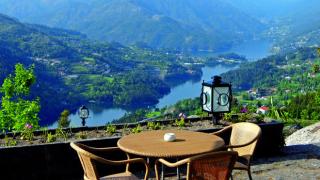
Don't miss
- visit the Vidoeiro [Vidoeiro] Environmental Education Centre and gather information at the Gateways to the Park
- go on some of the short footpaths, which have conventional signs on the ground
- watch the sunset over the dam from the Caniçada Pousada
The Peneda-Gerês National Park, in the far northwest of Portugal between Upper Minho and Trás-os-Montes, is the only Portuguese protected area classified as a such.
It is a world apart in which human activity and nature are harmoniously integrated, preserving ancient values and traditions clearly evident in the village communities of Pitões das Júnias and Tourém.
The lush vegetation in all shades of green includes a forest of holly, the only one in Portugal, and endemic species such as the Gerês lily, which brightens up the fields with its shades of violet-blue. Rivers and streams flow through the Peneda, Soajo, Amarela and Gerês mountain ranges, which comprise the park, rushing down in waterfalls and then spreading out into reservoirs. The landscapes are breathtaking.
You might sometimes manage to spot a roebuck (the Park’s symbol) or its predator, the Iberian wolf. More common are the ponies, small wild horses that run free in the mountains. You may also come across the Barrosã breed of cattle or the dark-haired Castro Laboreiro dogs, guarding the herds that move to the rhythm of the seasons, between the mild and the wintry. These are the villages and mountain areas related to the ancient transhumance, to where the people today move only the cattle: valleys and low altitudes in winter, the highest places in summer, according to the availability of pasture.
Soajo with its ancient group of stone “espigueiros” for storing grain, is a good starting point in the west for a tour of the park. You can also see these granaries in Lindoso, where it is worth climbing to the castle overlooking the River Lima valley. A little further north, you can stop off at the village of Castro Laboreiro, where the shepherd dogs from the region are bred.
Gerês is the most southerly of the ranges, whose gateway to the park, in Campo do Gerês, is closest to Braga. Two places of great beauty, the Caniçada and Vilarinho das Furnas reservoirs, are in these mountains, the latter having submerged the village that gave it its name, and whose remains are now on display at the Terras de Bouro Ethnographic Museum. On the outskirts of the town, the Shrines of São Bento da Porta Aberta [Santuário de São Bento da Porta Aberta] and of Senhora da Abadia are the focus of major festivals and pilgrimages.
Setting out from Campo do Gerês on foot, you can leave the car at the entrance to the forest known as Mata da Albergaria and follow the river up to Portela do Homem. On the return, you can rest at the Caldas do Gerês spa. Another great idea is to follow the well-preserved Roman road, whose milestones have stood for almost two thousand years.
The River Cávado , which borders the Park to the east, indicates the way to the Paradela Dam. Relax here with a horse ride or a swim in the river. For those who really prefer to walk, don’t miss a visit to Pitões das Júnias, a village where the old community customs are kept alive. This is the end of the road and from here you can only go on foot. But the walk is worthwhile for the waterfalls and small streams that you’ll come across along the way and for the surprise at seeing the ruins of an ancient monastery emerge from the landscape.
To sum up, there’s no lack of opportunities to be energetic in the Park, because there are conditions for activities such as canyoning and canoeing. But not only that. The diversity and abundance of local flora and fauna provide a unique contact with nature and whatever your option you are likely to find that mediaeval castles, monasteries and traditional villages are part of the landscape, which always has a unique natural beauty.


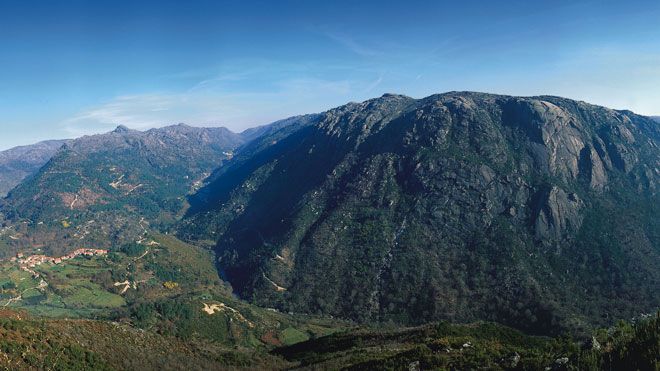






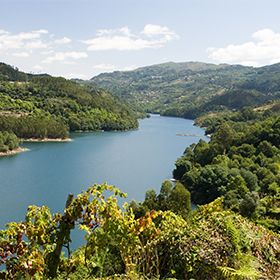
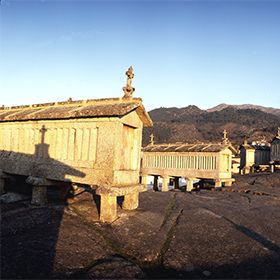

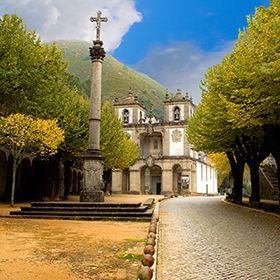
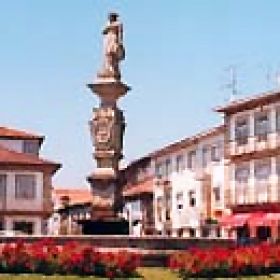
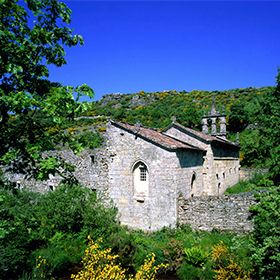

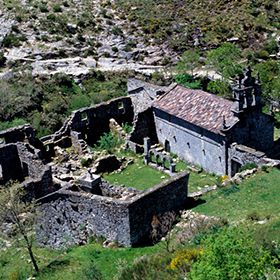


 Explore
Explore 
 Remember and Share
Remember and Share 


